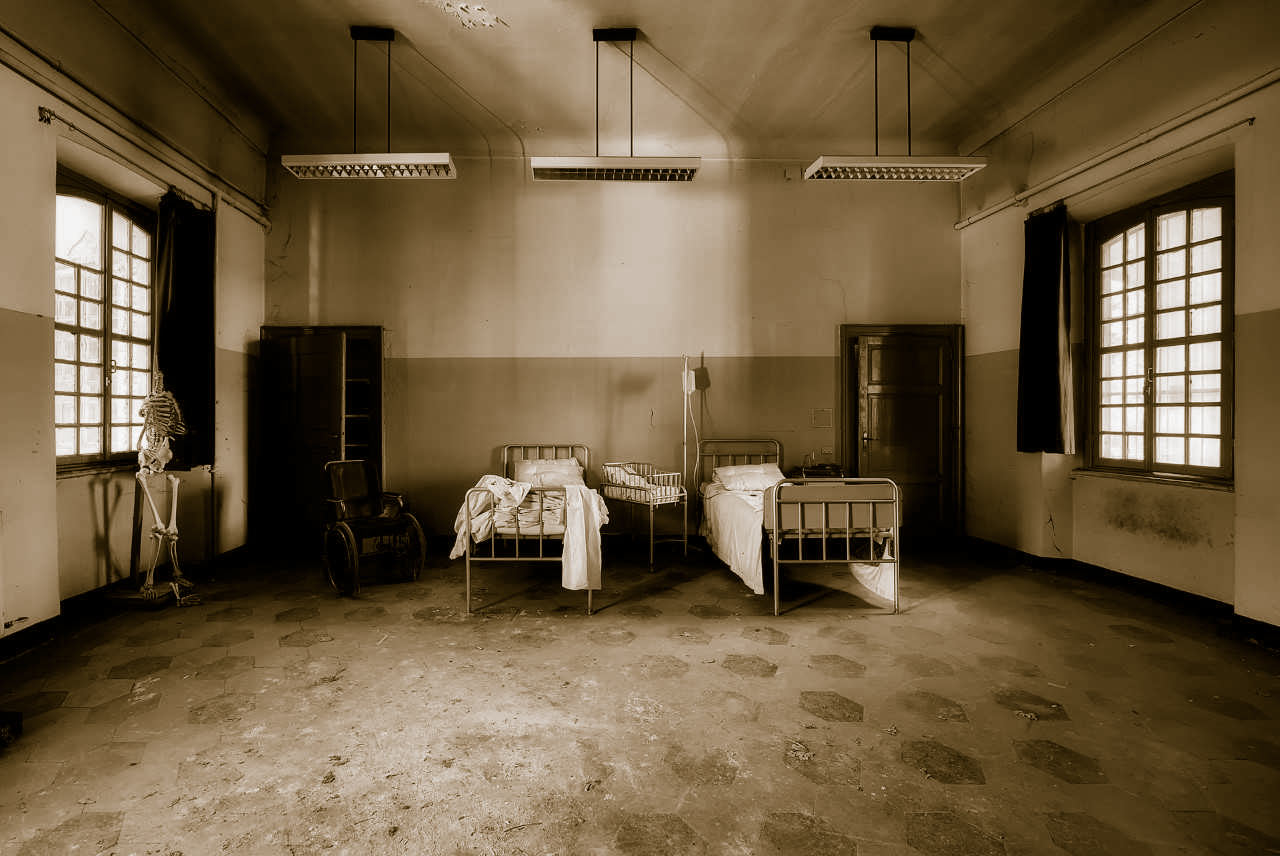4 Pioneering Surgeons

You only have to leaf through the pages of a surgical instrument catalogue or browse the pages of a surgical sales website to see a wide range of instruments and devices, but who are they named after?
Adson dissecting forceps
Used for fine tissue, the Adson dissecting forceps are a popular dissecting forceps used in a wide range of surgical procedures. The man behind the name, Alfred Adson was an American surgeon. Alfred Adson was involved in pioneering neurosurgery and gave name to a medical condition- Adson-Coffey syndrome, also known as Thoracic outlet syndrome, as well as several popular medical instruments.
DeBakey forceps and needle holder
Michael Ellis DeBakey (1908-2008) was a Lebanese-American surgeon focusing on cardiology. DeBakey was dedicated to improving the standards of health care and was the chairman of President Johnson’s commission on cancer, heart decease and stroke. In the 1960, DeBakey and his team were one of the first to capture surgery on film. DeBakey had a remarkable and long career, continuing to practice medicine until his death at the age of 99 in 2008. The DeBakey forceps and needle holders are mainly used in vascular procedure and DeBakey carried out surgery on several high-profile people including supervising the bypass surgery on Russian President Boris Yeltsin in 1996.
Castroviejo needle holder
Born in 1904, Ramón Castroviejo Briones was a Spanish/American eye surgeon famous for significantly improving corneal transplantation. After attending University in Madrid, Ramón moved to America where he worked in both Chicago and New York. Castroviejo designed the Castroviejo needle holder which is used within micro surgery including ophthalmic and cardiothoracic procedures.
Spencer Wells artery forceps
The Spencer Wells forceps were introduced in 1879 and are used to compress the artery or seal blood vessels. Behind the widely popular forceps is British surgeon Thomas Spencer Wells (1818-1897) who aimed to develop an improved version of the forceps by eliminating the gap between the handles. The result was the Spencer
Wells forceps which was shorter than other forceps and also had an improved grip. Thomas Spencer Wells was surgeon to Queen Victoria herself and was the president of the Royal College of Surgeons.




